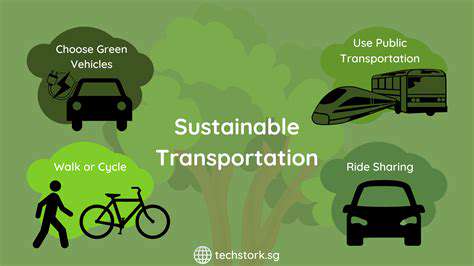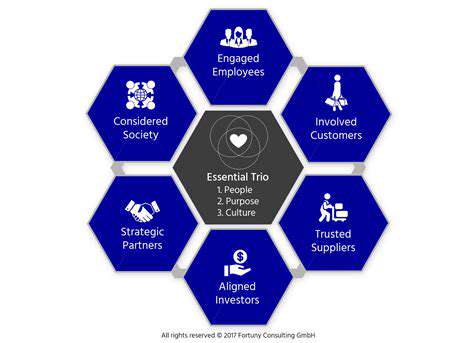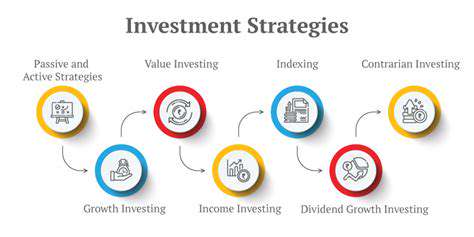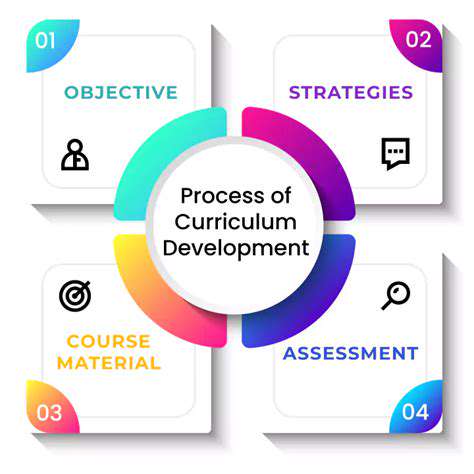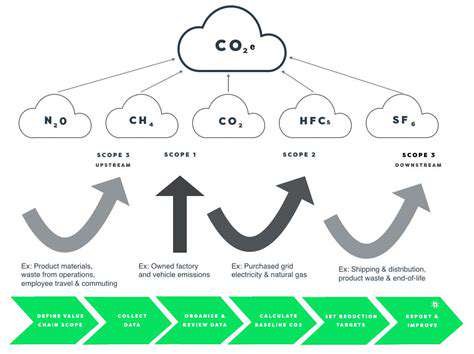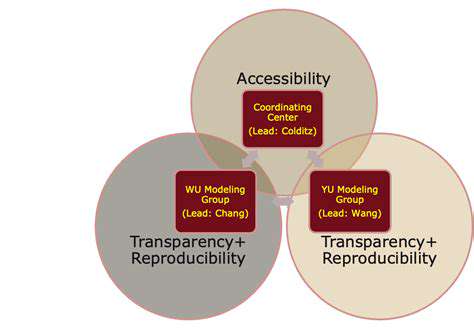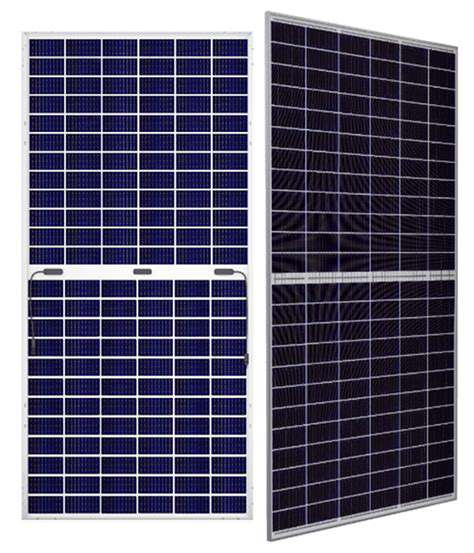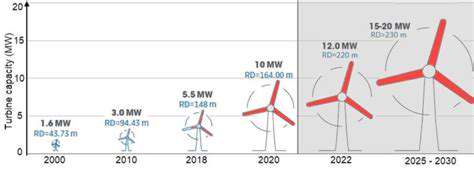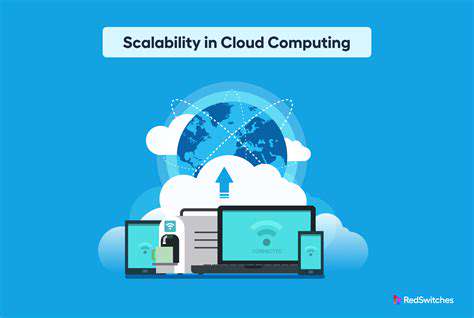Small Business Guide to Renewable Energy Adoption
Employee engagement plays a crucial role in energy conservation. Implement an awareness program that educates staff about the financial and environmental impacts of energy waste. Simple measures like turning off monitors, using natural light when possible, and reporting malfunctioning equipment can create a culture of conservation. Consider appointing energy champions in each department to maintain focus on efficiency goals.
Exploring Renewable Energy Options
The renewable energy landscape offers diverse solutions tailored to different business needs and locations. Solar photovoltaic systems have become increasingly affordable, with payback periods often under 7 years in sunny climates. For facilities with large rooftops or parking areas, solar canopies provide dual benefits: energy generation and shaded parking. Wind energy becomes viable in areas with consistent 10+ mph average winds, particularly for rural operations with sufficient land. Geothermal heat pumps offer remarkable efficiency for temperature control, using the earth's constant underground temperature to reduce heating and cooling costs by 30-60%.
When evaluating renewables, look beyond installation costs. Many governments offer tax credits, accelerated depreciation, and production incentives that can offset 30-50% of system costs. Some utilities provide net metering programs that credit you for excess energy fed back into the grid. Partner with experienced renewable energy consultants who can navigate local regulations, interconnection requirements, and incentive programs specific to your region.
Implementing Energy Efficiency Measures
Implementation requires a strategic approach to maximize impact while minimizing disruption. Begin with low-hanging fruit - quick wins that require minimal investment, such as installing occupancy sensors, upgrading to ENERGY STAR® equipment, or sealing air leaks. These provide immediate savings that can fund more substantial projects. For larger initiatives like HVAC replacements or solar installations, phase them to align with equipment replacement cycles and budget cycles.
Measurement and verification are critical - you can't manage what you don't measure. Install sub-meters to track energy use by department or process. Use energy management software to identify patterns and anomalies. Establish key performance indicators (KPIs) like energy use per unit produced or energy cost per square foot. Regularly review progress with stakeholders, celebrating successes and adjusting strategies as needed. Remember that energy efficiency isn't a one-time project but an ongoing process of improvement.
Exploring Renewable Energy Options for Your Business
Solar Power for Your Business
Solar energy systems have evolved beyond simple rooftop panels. Today's options include building-integrated photovoltaics (BIPV) that serve as both building materials and power generators, and bifacial panels that capture sunlight from both sides. The key to successful solar implementation lies in proper sizing - a system too small won't make a meaningful impact, while an oversized system may not provide the expected return. Work with designers who use sophisticated modeling tools to account for your specific location's solar potential, accounting for shading, orientation, and local weather patterns.
Financing options have also expanded. Beyond traditional purchases, power purchase agreements (PPAs) allow businesses to host solar systems owned by third parties, paying only for the energy produced. Some states offer property-assessed clean energy (PACE) financing that ties repayment to the property rather than the owner. Maintenance is relatively simple but crucial - periodic cleaning and annual inspections can maintain optimal performance for the system's 25+ year lifespan.
Wind Energy: A Sustainable Alternative
Commercial-scale wind energy requires careful evaluation. Small wind turbines (under 100 kW) can be viable for rural businesses with at least one acre of open land and consistent wind speeds above 10 mph. The best locations are typically elevated sites away from obstructions. A professional wind assessment should analyze at least 12 months of site-specific wind data rather than relying on generalized maps. Zoning laws and neighbor considerations are particularly important for wind projects, as turbines can generate noise and visual impacts that solar panels don't.
Modern turbines are far more efficient and reliable than earlier models. Vertical-axis turbines are gaining popularity for urban settings due to their lower profile and ability to capture wind from any direction. Regardless of turbine type, regular maintenance is essential - bearings, blades, and electrical components need periodic inspection and servicing. Some manufacturers now offer performance guarantees that can help mitigate operational risks.
Hydropower: Utilizing Water Resources
Micro-hydropower systems can provide continuous, reliable energy for businesses with access to flowing water. Unlike solar and wind, hydropower isn't intermittent - it generates power 24/7 if water flow is constant. The key parameters are flow rate (gallons per minute) and head (vertical drop). Sites with at least 3 feet of head and consistent flow can potentially support a micro-hydro system. Permitting can be complex, as water rights and environmental impacts must be carefully considered.
Modern hydro systems use efficient turbines like cross-flow or Pelton wheels that can achieve 70-90% efficiency. Fish-friendly designs and proper screening prevent ecological damage. Systems typically require minimal maintenance beyond occasional screen cleaning and bearing lubrication. While upfront costs are higher than solar per kW, the constant generation can provide better overall value in suitable locations.
Geothermal Energy: Harnessing Earth's Heat
Geothermal heat pump systems leverage the earth's stable underground temperature (typically 50-60°F) to provide highly efficient heating and cooling. While drilling costs can be significant, the systems typically pay for themselves in 5-10 years through energy savings. There are two main types: closed-loop systems that circulate fluid through underground pipes, and open-loop systems that use groundwater directly. The latter are more efficient but require adequate water supply and quality.
Geothermal systems are particularly valuable for businesses with significant heating and cooling loads, such as manufacturing facilities, data centers, or greenhouses. They're also ideal for campuses planning new construction, where the drilling can be coordinated with other site work. Some systems now incorporate thermal energy storage, using the ground as a battery to shift cooling loads to off-peak times. Rebates from utilities and tax credits can cover 30-50% of installation costs in many areas.
Implementing and Managing Your Renewable Energy System
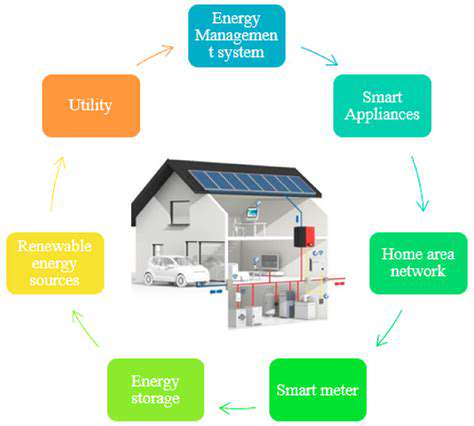
System Implementation Best Practices
Successful renewable energy projects follow a disciplined implementation process. Begin with detailed engineering studies that account for your specific load profiles, site conditions, and growth projections. Coordinate closely with your utility early in the process - interconnection requirements and timelines can significantly impact project economics. For larger installations, consider a pilot project to validate performance before full-scale deployment. Staggered implementation allows for lessons learned and system adjustments.
Construction should be managed by experienced contractors familiar with local permitting and inspection processes. Document all installations thoroughly - accurate as-built drawings and equipment manuals are invaluable for future maintenance. Before final acceptance, insist on comprehensive testing to verify system performance matches design specifications. Many problems can be avoided by catching issues during commissioning rather than after the warranty period.
Ongoing System Management
Renewable energy systems require proactive management to maintain peak performance. Establish a regular maintenance schedule that includes cleaning (especially for solar), lubrication, belt adjustments, and electrical checks. Monitoring systems should provide real-time performance data with alerts for any deviations from expected output. Keep detailed maintenance logs - they're essential for warranty claims and help identify patterns that might indicate developing issues.
Train multiple staff members on basic system operations and troubleshooting. While major repairs will require specialists, having in-house personnel who can respond to minor issues reduces downtime. Consider maintenance contracts with installers or third-party providers, especially for complex systems like wind turbines or geothermal plants. These agreements often include performance guarantees that protect your investment.
Performance Optimization
Regularly analyze system performance data to identify optimization opportunities. Solar arrays might need panel re-angles as trees grow or new buildings are constructed nearby. Wind turbines may benefit from software updates that improve yaw control. Many systems operate below potential due to minor configuration issues that accumulate over time. Semi-annual performance reviews with your installation team can uncover these hidden losses.
As your business evolves, your energy system may need adjustments. Expansion might allow for additional renewable capacity, while process changes could alter your load profile. Stay informed about technological advances - battery storage, smart inverters, and other innovations can often be retrofitted to existing systems to enhance value.
Financial and Regulatory Compliance
Maintaining compliance with incentive program requirements is crucial for preserving financial benefits. Most tax credits and rebates have specific documentation and reporting obligations. Utility interconnection agreements typically include ongoing requirements like liability insurance and safety inspections. Create a compliance calendar to track all renewable energy-related filings and renewals. Many businesses assign this responsibility to their sustainability or facilities team.
As regulations evolve, stay informed about changes that might affect your system. Net metering policies, carbon pricing mechanisms, and renewable portfolio standards can all impact the financial viability of your investment. Industry associations and renewable energy advocacy groups often provide updates on regulatory changes affecting commercial systems.
Maximizing the Benefits and Staying Compliant

Strategic Energy Management
To fully capitalize on your energy investments, adopt an integrated energy management strategy. Combine efficiency measures with renewable generation and smart energy use practices. Implement demand response programs that allow you to reduce consumption during peak periods in exchange for utility payments. Explore time-of-use strategies that shift energy-intensive processes to periods when renewable generation is highest or grid power is cheapest. Advanced energy management systems can automate these optimizations based on real-time data.
Consider your energy assets holistically. For example, solar panels on a warehouse roof might pair perfectly with electric forklifts that charge during sunny hours. A microgrid configuration could allow your business to operate independently during grid outages, providing both economic and resilience benefits. The most successful businesses treat energy as a strategic resource rather than just a cost center.
Stakeholder Engagement
Energy initiatives gain momentum when stakeholders understand their value. Create dashboards that display real-time energy metrics in high-traffic areas. Include energy performance in employee newsletters and all-hands meetings. Recognize departments that achieve significant savings - consider tying a portion of bonuses or team budgets to energy performance metrics. For customer-facing businesses, highlight your renewable energy use in marketing materials - many consumers prefer supporting environmentally responsible companies.
Engage executives by translating energy savings into business-relevant terms. Instead of just presenting kilowatt-hour reductions, show the equivalent in additional products that could be manufactured or additional staff that could be hired with the savings. Frame renewable energy investments in terms of risk mitigation against future energy price volatility and potential carbon regulations.
Continuous Improvement
The energy landscape evolves rapidly, requiring ongoing attention. Designate an energy team that meets quarterly to review performance, assess new technologies, and identify improvement opportunities. Benchmark your performance against similar facilities through programs like ENERGY STAR Portfolio Manager. Attend industry conferences and maintain relationships with energy service providers to stay informed about emerging solutions.
Document lessons learned from each project phase. What bidding process yielded the best contractors? Which financing mechanism provided optimal returns? How accurate were your energy production estimates? This institutional knowledge will prove invaluable for future energy projects as you scale your initiatives.
Risk Management
Proactively address potential risks to your energy investments. Ensure adequate insurance coverage for renewable energy systems, including business interruption protection. Develop contingency plans for extreme weather events that might damage equipment. For renewable projects dependent on incentives, monitor legislative developments that could affect program continuity. Maintain relationships with multiple service providers to avoid being dependent on a single vendor.
Financial risks can be mitigated through performance guarantees from installers, diversified energy sources, and conservative financial modeling. Operational risks decrease with proper training, maintenance protocols, and gradual system scaling. Document all warranties and service agreements in a centralized location accessible to relevant staff.
Measuring and Reporting Impact
Quantify the full impact of your energy initiatives beyond just cost savings. Calculate carbon emissions reductions, water savings from efficiency measures, and jobs created through renewable projects. Many businesses now include these metrics in annual sustainability reports and ESG (Environmental, Social, Governance) disclosures. Third-party verification of your claims enhances credibility with stakeholders and investors.
Consider pursuing certifications like LEED, ISO 50001, or B Corp status that recognize energy and sustainability leadership. These designations can improve brand reputation, attract talent, and even influence investment decisions. The reporting process itself often reveals additional improvement opportunities as you collect and analyze comprehensive energy data.


